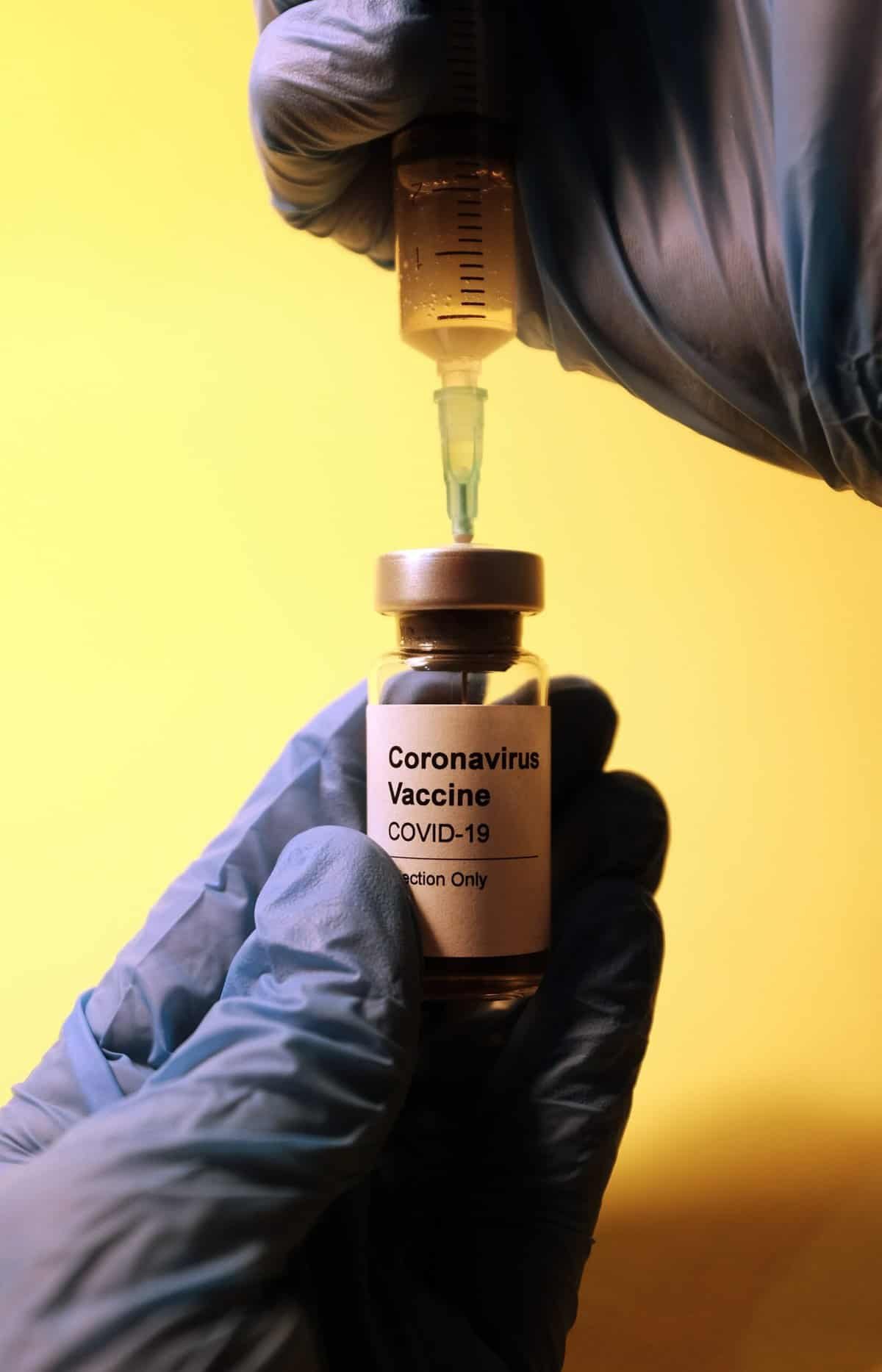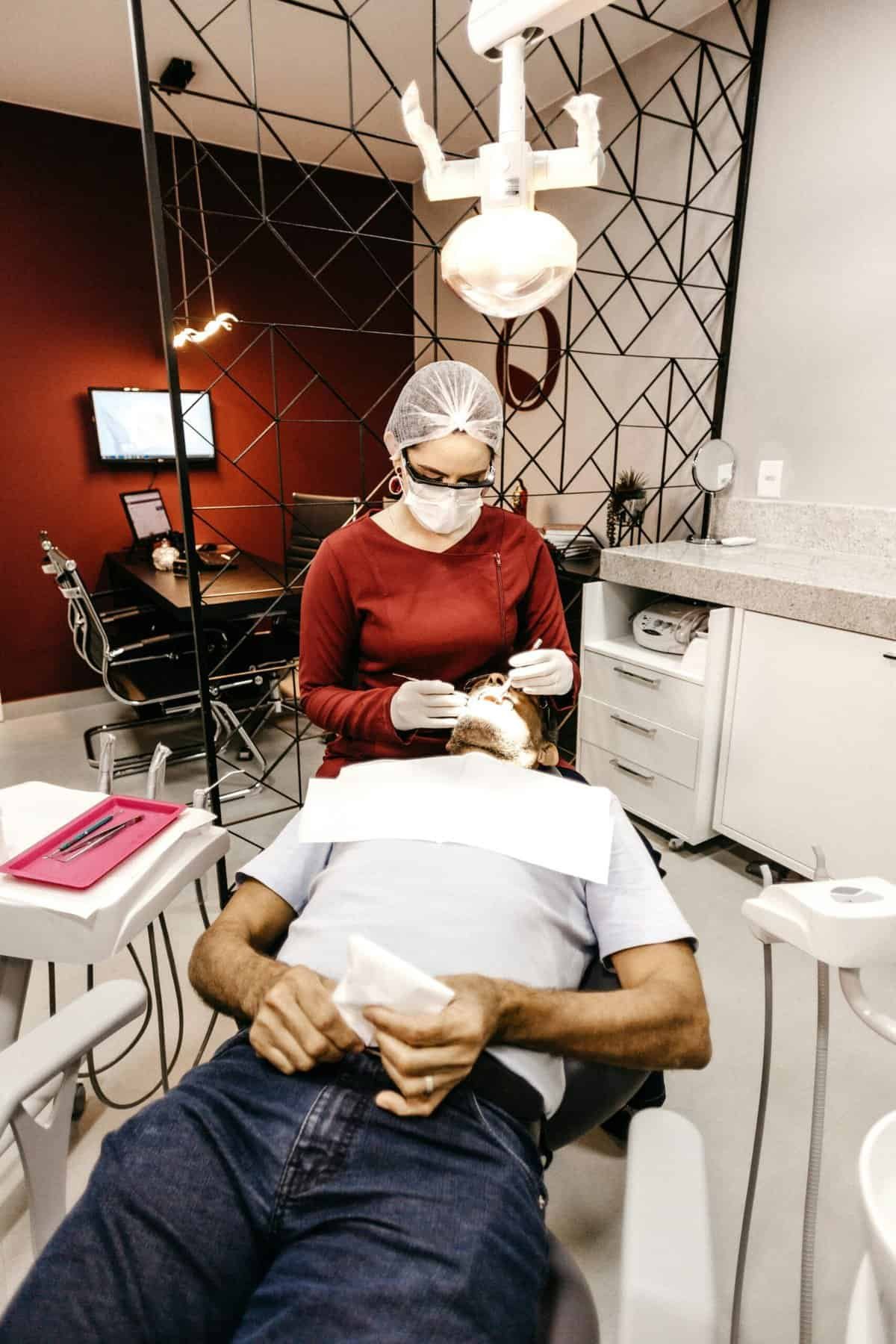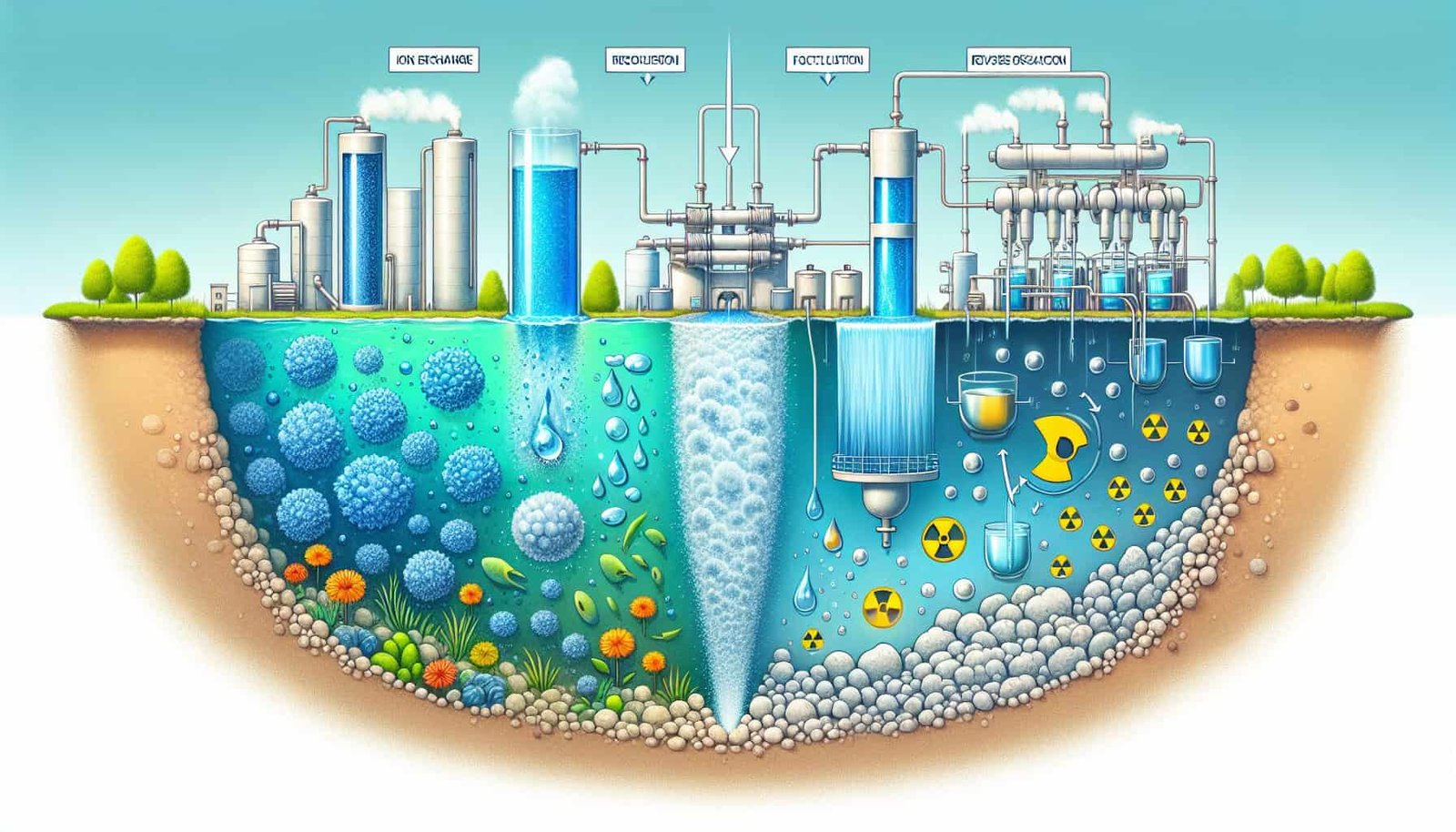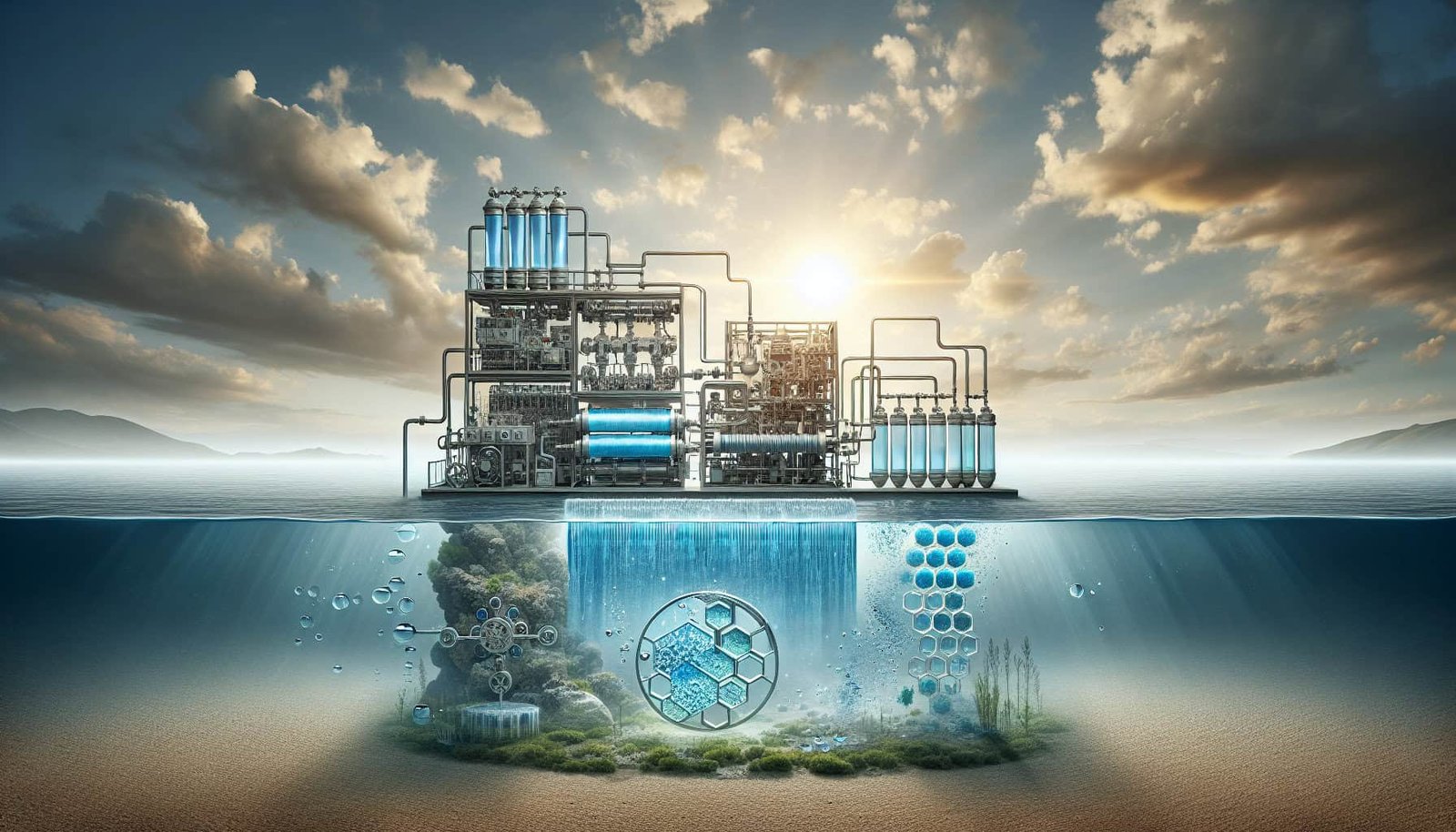Imagine you turn on your kitchen faucet and pour yourself a glass of refreshing well water. But what if that water is contaminated with high levels of cesium-137? You may be wondering what treatment methods are available to effectively remove this harmful substance and ensure your water is safe to drink. In this article, we will explore various treatment methods that can effectively eliminate cesium-137 from well water, giving you peace of mind and a clean, healthy water supply.

1. Background on Cesium-137
1.1 What is Cesium-137?
Cesium-137 is a radioactive isotope of cesium that is produced as a result of nuclear fission. It has a half-life of about 30 years, which means it takes 30 years for half of the initial amount of cesium-137 to decay into other elements. It emits harmful gamma radiation, which can pose serious health risks if present in high levels.
1.2 Sources of Cesium-137 in well water
Cesium-137 can enter well water through various sources. One of the primary sources is nuclear accidents or incidents, where radioactive materials are released into the environment. This can include incidents like the Chernobyl disaster or nuclear weapons testing. Other sources can include improper radioactive waste disposal or leaks from nuclear power plants or medical facilities.
1.3 Health effects of high levels of Cesium-137 in well water
High levels of cesium-137 in well water can have significant health effects. Exposure to gamma radiation from cesium-137 can increase the risk of cancer development, especially in organs like the thyroid, liver, and bone. It can also cause cellular damage and mutations, leading to genetic disorders and birth defects. Therefore, it is crucial to closely monitor and effectively remove cesium-137 from well water to protect human health.
2. Testing and Monitoring Cesium-137 Levels
2.1 Water testing methods for Cesium-137
To determine the levels of cesium-137 in well water, various water testing methods can be employed. These methods usually involve collecting water samples and analyzing them in a laboratory. Two common techniques used for cesium-137 testing are gamma spectrometry and liquid scintillation counting. Gamma spectrometry measures the gamma radiation emitted by cesium-137, while liquid scintillation counting uses liquid scintillation cocktails to detect cesium-137 through the emission of light.
2.2 Frequency of monitoring Cesium-137 levels
The frequency of monitoring cesium-137 levels in well water depends on several factors, including the initial concentration of cesium-137, the proximity of potential sources, and the regulatory requirements in your area. In general, it is recommended to test well water for cesium-137 periodically, especially if there is a history of nuclear incidents or if there are known sources of radioactive contamination nearby. Regular monitoring ensures early detection and timely intervention if cesium-137 levels exceed safety limits.
3. Removing Cesium-137 from Well Water
3.1 Ion Exchange
Ion exchange is a common method used to remove cesium-137 from well water. It involves passing the water through a specialized resin that selectively binds with cesium ions, effectively removing them from the water. This process exchanges the cesium ions with harmless ions present on the resin. However, it is important to note that once the resin becomes saturated with cesium, it needs to be properly disposed of as radioactive waste.
3.2 Reverse Osmosis
Reverse osmosis is another effective method for cesium-137 removal. It utilizes a semipermeable membrane to separate the water from contaminants, including cesium-137. The high pressure applied during the process forces water through the membrane, while trapping the cesium-137 particles. Reverse osmosis not only removes cesium-137 effectively but also eliminates other impurities, making it a comprehensive purification method.
3.3 Coagulation and Filtration
Coagulation and filtration is a treatment method that can effectively remove cesium-137 from well water. Initially, chemicals known as coagulants are added to promote the formation of solid particles that capture the cesium-137. These formed particles are then removed through filtration processes, such as sand or activated carbon filtration. Coagulation and filtration can be a cost-effective and practical solution, particularly for wells with lower cesium-137 concentrations.
3.4 Precipitation
In precipitation, a chemical is added to the well water that reacts with cesium-137 to form insoluble compounds. These compounds settle as solid particles, which can be removed through settling tanks or filtration systems. Precipitation is a relatively simple and inexpensive method for cesium-137 removal, but its effectiveness may be influenced by factors such as water pH and other coexisting contaminants.
3.5 Chemical Treatment
Chemical treatment methods involve adding specific chemicals to the well water to precipitate or bind with cesium-137, making it easier to remove. Various chemical agents, such as calcium hydroxide, potassium ferrocyanide, or ammonium molybdate, can be utilized depending on the specific circumstances. Chemical treatment methods may work well when combined with other treatment processes to enhance cesium-137 removal efficiency.
3.6 Electrodialysis
Electrodialysis is a relatively advanced method for cesium-137 removal. It uses an electric field to selectively transport cesium ions through ion-exchange membranes. By applying a voltage difference, cesium ions can be moved from the well water through the membranes, effectively purifying the water. Electrodialysis requires specialized equipment and expertise but can be efficient in removing cesium-137 from well water.
3.7 Activated Carbon Adsorption
Activated carbon adsorption is a widely used method for the removal of various contaminants, including cesium-137. In this process, well water is passed through a bed of activated carbon, where the cesium-137 ions are adsorbed onto the surface of the carbon particles. Activated carbon has a high surface area and an affinity for cesium-137, making it an effective adsorbent. Regular replacement or reactivation of the activated carbon bed is essential for consistent removal efficiency.
4. Factors Affecting Treatment Efficiency
4.1 Initial Cesium-137 concentration
The initial concentration of cesium-137 in well water plays a significant role in determining the treatment efficiency. Higher concentrations may require more extensive or specialized treatment methods to achieve acceptable levels. Regular monitoring will help identify the initial concentration and guide the selection of the most appropriate treatment method.
4.2 Water pH
Water pH can heavily influence the efficacy of cesium-137 removal methods. Some treatment methods work better under specific pH conditions, while others may require adjustments to the pH level. For example, coagulation and precipitation methods are often more effective in slightly alkaline pH conditions. Understanding the impact of water pH on treatment efficiency is crucial for successful cesium-137 removal.
4.3 Water temperature
Water temperature can affect the kinetics and effectiveness of various treatment methods. Higher temperatures can lead to increased reaction rates and can enhance the removal of cesium-137. However, extreme temperatures may also alter the performance of treatment systems or reduce their lifespan. Considering the water temperature and its influence on treatment processes is important for efficient cesium-137 removal.
4.4 Contact time with the treatment method
The contact time between the well water and the treatment method can significantly impact the removal efficiency of cesium-137. Some methods require longer contact times to ensure effective removal, while others may work efficiently with shorter contact times. It is essential to follow the recommended contact times for each treatment method to optimize their efficacy.
4.5 Presence of other contaminants
The presence of other contaminants in well water can affect the cesium-137 removal efficiency of treatment methods. Some contaminants may interfere with the effectiveness of certain treatment processes or compete for the same removal sites. Conducting thorough water testing to identify the presence of other contaminants is crucial to select and design the most suitable treatment approach.

5. Comparative Analysis of Treatment Methods
5.1 Efficiency
The efficiency of treatment methods for cesium-137 removal can vary. It is important to consider the initial cesium-137 concentration, the desired reduction levels, and the specific characteristics of well water when evaluating treatment efficiency. Methods like reverse osmosis and ion exchange are generally highly efficient, while coagulation and filtration or precipitation methods may require additional steps or longer contact times.
5.2 Cost-effectiveness
Cost-effectiveness is an essential factor to consider when selecting a treatment method for cesium-137 removal. Some methods may require significant upfront investments in equipment and operational costs, while others may be more affordable. Evaluating the long-term costs, including maintenance and necessary consumables, is crucial in determining the most cost-effective option.
5.3 Maintenance requirements
Maintenance requirements can vary among different treatment methods. It is important to consider factors such as resin replacement or regeneration, membrane cleaning, or the replacement of filtration media when assessing maintenance needs. Understanding the frequency and complexity of maintenance tasks helps ensure the continued optimal performance of the treatment system.
5.4 Energy consumption
Energy consumption is an important aspect to consider, particularly for treatment methods that require pumps or advanced membrane systems. Methods like reverse osmosis or electrodialysis generally require more energy compared to coagulation and filtration or precipitation methods. Minimizing energy consumption is not only cost-effective but also environmentally friendly.
5.5 Environmental impact
The environmental impact of treatment methods should also be taken into account. Methods that generate a significant amount of waste, such as ion exchange or reverse osmosis, may require special disposal measures. Considering the environmental implications of the treatment method and selecting options that have minimal impact helps maintain the overall sustainability of water treatment processes.
6. Case Studies of Successful Cesium-137 Removal
6.1 Case study 1: Effective treatment method used
In a case study conducted on a well contaminated with high levels of cesium-137, a combination of reverse osmosis and coagulation/filtration was found to be highly successful. The reverse osmosis system effectively removed cesium-137 particles, while coagulation and filtration enhanced the overall purification process. The treatment system consistently maintained cesium-137 levels below regulatory limits, ensuring the safety of the well water.
6.2 Case study 2: Lessons learned from a failed attempt
In another case study, an attempt to remove cesium-137 using ion exchange was unsuccessful due to improper resin selection. The specific characteristics of the well water, such as high mineral content and alkaline pH, adversely affected the ion exchange process. This case study highlighted the importance of careful resin selection and the need for thorough water analysis before choosing a treatment method.

7. Precautions and Safety Measures
7.1 Proper disposal of treated water
When treating well water with high levels of cesium-137, it is crucial to handle and dispose of the treated water properly. Depending on the treatment method used, the treated water may contain residual traces of cesium-137 or other contaminants. Following local regulations and guidelines for the safe disposal of treated water is essential to prevent any potential harm to the environment and human health.
7.2 Personal protective equipment (PPE)
Working with well water contaminated with cesium-137 requires proper personal protective equipment (PPE). This can include gloves, masks, goggles, and protective clothing to minimize the risk of direct contact or inhalation. Following safety protocols and using PPE when handling or treating well water ensures the safety of individuals involved in the process.
7.3 Compliance with government regulations
Compliance with government regulations concerning cesium-137 removal is crucial to ensure the safety and well-being of both individuals and the environment. Different countries or regions may have specific regulations and permissible limits for cesium-137 concentrations in well water. It is important to consult these regulations and work with water treatment professionals who are knowledgeable about local requirements to ensure compliance.
8. Emerging Technologies and Research
8.1 Innovative treatment methods under development
Ongoing research and development focus on exploring innovative treatment methods for cesium-137 removal. Advanced technologies such as graphene-based filters, photocatalysis, or nanostructured materials show promise in enhancing treatment efficiency and reducing costs. These emerging methods aim to address challenges and provide more sustainable and effective solutions for well owners facing high cesium-137 levels.
8.2 Current research on Cesium-137 removal
Researchers continue to investigate and explore various aspects of cesium-137 removal from well water. Studies focus on optimizing existing treatment methods, understanding the behavior of cesium-137 in different water matrices, and exploring novel materials or processes. Through continued research and collaboration, scientists strive to improve the understanding and treatment of cesium-137 contamination, ultimately benefiting well owners and communities affected by this issue.

9. Recommendations for Well Owners
9.1 Regular well maintenance and inspection
Regular maintenance and inspection of wells are essential for identifying and addressing potential contamination issues. Well owners should schedule routine inspection and maintenance to ensure prompt detection and remediation of cesium-137 or other contaminants. Maintaining well integrity and addressing any potential sources of contamination is crucial for ensuring the safety of well water.
9.2 Prompt action upon detecting high Cesium-137 levels
If high levels of cesium-137 are detected in well water, prompt action should be taken to protect human health. Contacting water treatment professionals or relevant authorities is important to evaluate treatment options and determine the best course of action. Delaying appropriate measures may increase the risk of prolonged exposure and potential health impacts.
9.3 Consultation with water treatment professionals
Consulting with water treatment professionals is highly recommended when dealing with well water contaminated with high levels of cesium-137. These professionals have the expertise and knowledge to assess the situation, recommend suitable treatment options, and guide well owners through the process. Collaborating with experts ensures that well owners make informed decisions and implement effective cesium-137 removal strategies.
10. Conclusion
High levels of cesium-137 in well water can pose significant health risks and require immediate attention. Several treatment methods, such as ion exchange, reverse osmosis, coagulation and filtration, precipitation, chemical treatment, electrodialysis, and activated carbon adsorption, can effectively remove cesium-137 from well water. Factors like initial cesium-137 concentration, water pH, temperature, contact time, and presence of other contaminants influence treatment efficiency. Considering factors like efficiency, cost-effectiveness, maintenance requirements, energy consumption, and environmental impact aids in selecting the most appropriate treatment method. Regular monitoring, compliance with regulations, and the adoption of necessary precautions and safety measures are crucial for successful cesium-137 removal. Well owners are recommended to conduct regular maintenance and inspections, take prompt action upon detecting high cesium-137 levels, and seek professional advice when dealing with well water contamination. Ongoing research and emerging technologies contribute to the continuous improvement of cesium-137 removal methods, providing hope for more sustainable and effective solutions in the future.


